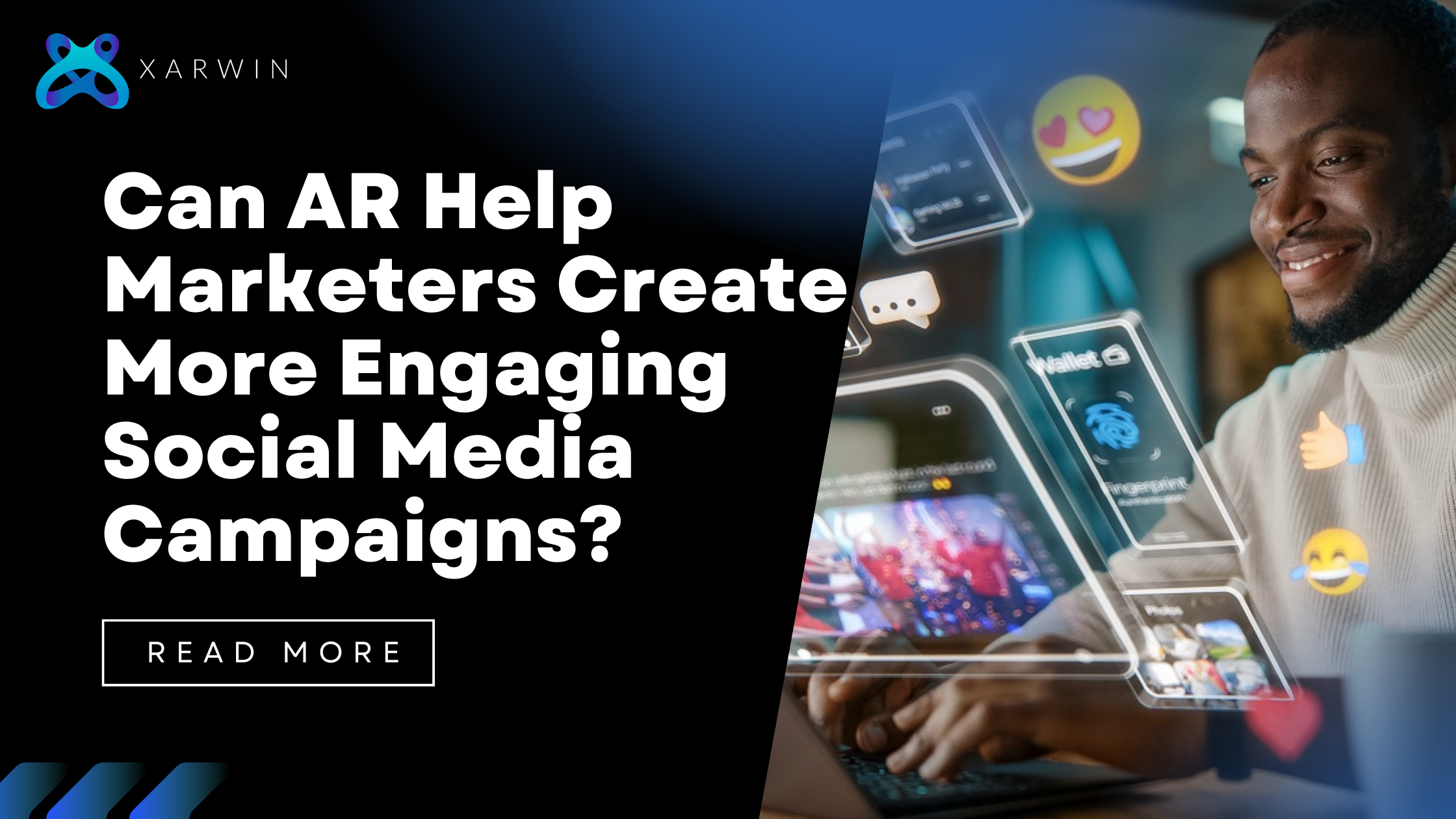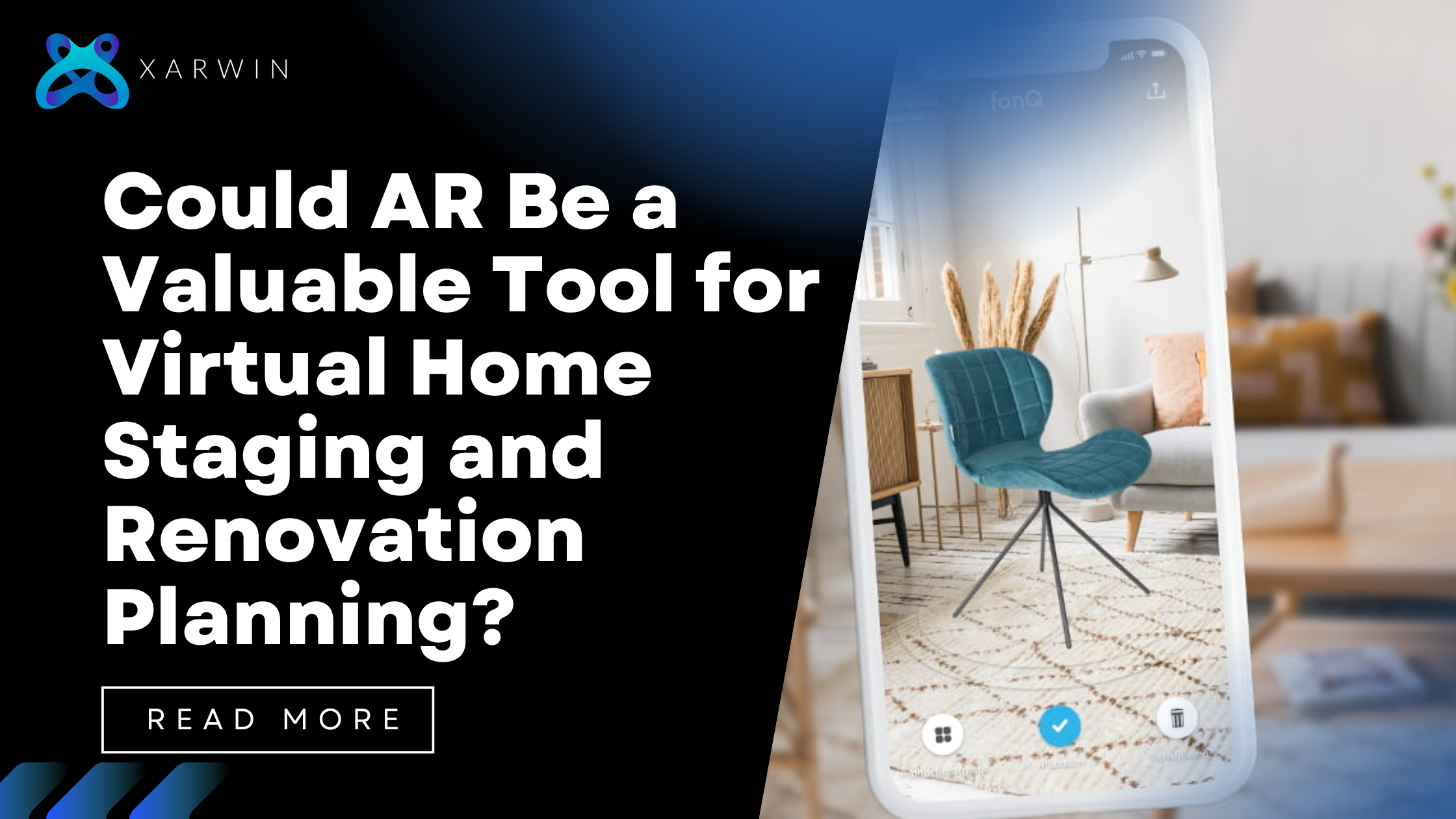These experiences often blur the line between the physical and digital worlds, offering a unique, engaging, and sometimes surprising way for customers to interact with products and brands.
In this blog post, we will explore how AR can enhance the in-store shopping experience for customers and discuss the benefits it brings to both consumers and retailers.
The Evolution of Retail and the Need for AR
The retail industry has moved through revolutionary times since the online sales channel threatened to dispose of traditional shopping centres. To stand out among retailers, those based on the premise must search for new patterns to engage the customers and offer them excellent services. This demand has accelerated over time, given the changing buying behaviour of shoppers and the fact that they now also want a unique and personal experience when they visit the store.
AR opens the door to many additional possibilities of blending bricks and mortars with online shopping and allows buyers to experience a unique and personalized shopping experience that is interactional, thus making them come back again. Also, AR lets shoppers share their opinions and suggestions, allowing retailers to collect valuable customer data, which can then assist marketers in understanding customer preferences and improving their offerings.
AR Applications in In-Store Shopping
AR can enhance the in-store shopping experience in various ways, providing benefits for both customers and retailers. Let’s explore some of the most exciting applications of AR in retail.
1. Virtual Try-Ons
One of the most popular uses of AR in retail is virtual try-ons. This technology allows customers to see how clothing, accessories, or even makeup products would look on them without physically trying them on. Customers can use AR-enabled mirrors or mobile apps to visualize different products on their bodies, making the shopping experience more interactive and fun.
Benefits for Customers
- Convenience: Virtual try-ons save time, especially in crowded stores or during peak shopping seasons.
- Personalization: Customers can experiment with different styles and colours to find their perfect match.
- Reduced Contact: In a post-pandemic world, virtual try-ons offer a contact-free way to try products.
Benefits for Retailers
- Increased Sales: Virtual try-ons can boost sales by allowing customers to visualize products more easily.
- Reduced Returns: By helping customers make informed decisions, virtual try-ons can reduce product returns.
- Enhanced Customer Engagement: The interactive nature of AR keeps customers engaged and encourages them to spend more time in-store.
2. Product Information and Reviews
AR can provide instant access to product information and reviews, helping customers make informed purchasing decisions. By scanning a product with an AR-enabled device, customers can view detailed descriptions, pricing, and customer reviews. This technology bridges the gap between online research and in-store shopping, allowing customers to access the information they need in real time.
Benefits for Customers
- Informed Decisions: Customers can read reviews and access product details without leaving the store.
- Time Savings: AR eliminates the need to search for product information on external websites.
- Enhanced Experience: Customers can explore additional product features through AR, such as virtual demonstrations or interactive guides.
Benefits for Retailers
- Improved Customer Experience: Providing detailed product information enhances the overall shopping experience.
- Reduced Need for Staff Assistance: AR can reduce the need for customers to seek assistance from store staff, allowing employees to focus on other tasks.
- Increased Trust: Access to customer reviews can build trust and encourage purchases.
3. Interactive Store Navigation
Navigating large retail stores can be overwhelming for customers, especially when they’re searching for specific items. AR-based navigation tools can help customers find their way around the store more efficiently. By using AR-enabled devices, customers can receive turn-by-turn directions to specific products or departments, reducing frustration and enhancing the shopping experience.
Benefits for Customers
- Reduced Frustration: Interactive store navigation makes it easier for customers to find what they need.
- Time Savings: Customers can quickly locate products, reducing the time spent searching.
- Personalized Recommendations: AR-based navigation can suggest additional products or promotions based on customer preferences.
Benefits for Retailers
- Improved Customer Flow: Interactive navigation can help manage customer flow in the store, reducing congestion.
- Increased Sales: By guiding customers to specific products, AR-based navigation can boost sales.
- Enhanced Customer Experience: Efficient navigation contributes to a positive shopping experience.
4. Immersive Product Displays
AR can create immersive product displays that go beyond traditional marketing materials. Retailers can use AR to showcase products in unique and engaging ways, allowing customers to interact with virtual elements and explore product features. This technology can also be used for interactive product demonstrations, providing customers with a hands-on experience.
Benefits for Customers
- Engagement: Immersive product displays capture customer attention and create a memorable experience.
- Interactive Learning: Customers can learn about product features through interactive demonstrations.
- Enhanced Visualization: AR allows customers to visualize products in real-world contexts, such as placing furniture in a virtual room.
Benefits for Retailers
- Increased Sales: Immersive product displays can boost sales by creating a unique shopping experience.
- Enhanced Brand Perception: AR showcases innovation and creativity, improving the brand’s image.
- Reduced Marketing Costs: AR-based displays can be more cost-effective than traditional marketing materials.
Conclusion
Augmented reality has the potential to revolutionize the in-store shopping experience, providing customers with interactive, personalized, and convenient ways to shop. By implementing AR technology, retailers can enhance customer engagement, boost sales, and create a competitive edge in the ever-changing retail landscape. As AR continues to evolve, we can expect even more innovative applications that will transform the way we shop in physical stores.
As a trailblazer in augmented reality (AR), Xarwin combines innovation with a user-centric approach to redefine industry standards. Its team of expert engineers, designers, and strategists excels in crafting immersive AR experiences across various sectors. With each project, the company not only meets current demands but also shapes future trends, establishing itself as a leading force in the AR landscape.





